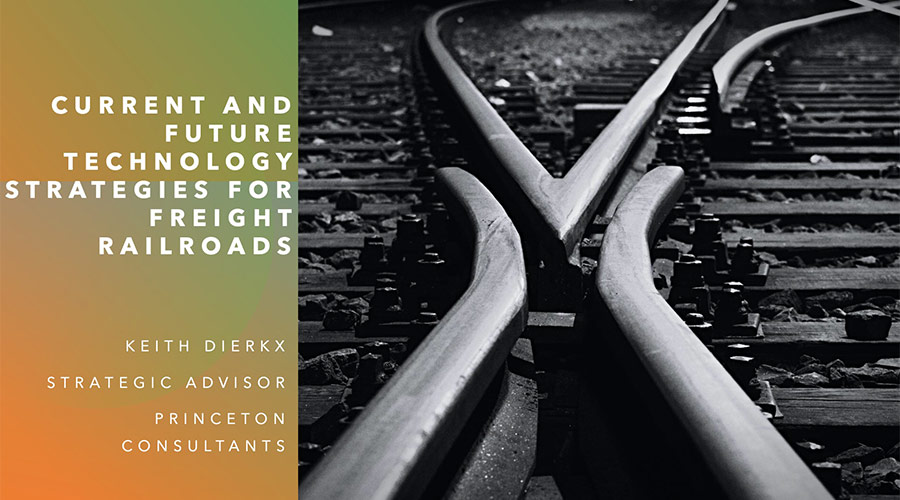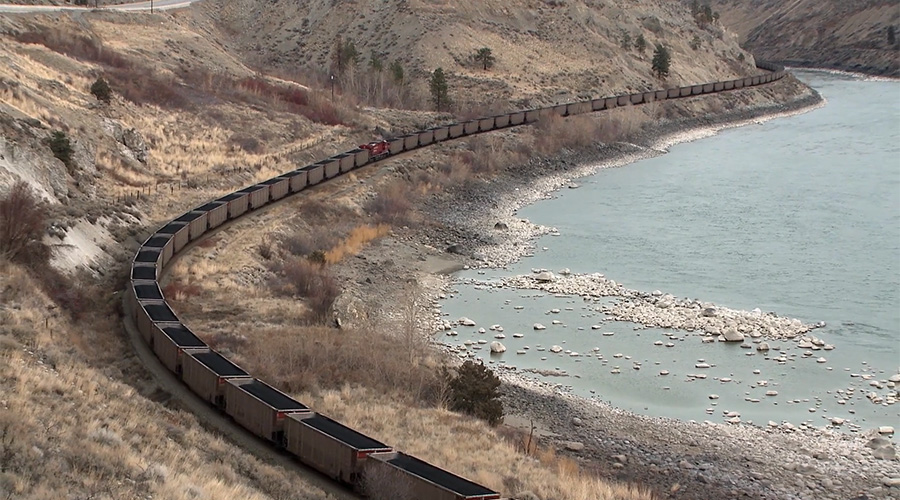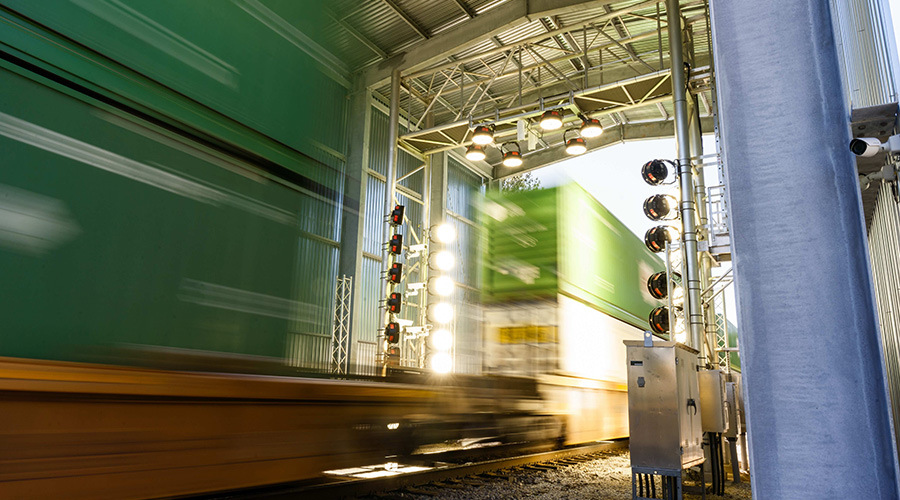Princeton Consultants’ Dierkx: Look beyond your four walls to digitally transform quickly
3/1/2021
By Jeff Stagl, Managing Editor
Keith Dierkx took a now-and-later approach to his presentation during Progressive Railroading’s Rail Summit: Technology Advancement webinar, which was held Feb. 17.
A strategic advisor for Princeton Consultants who formerly led IBM's global transportation business, Dierkx reviewed current and future technologies that can benefit the freight-rail industry.
He focused on artificial intelligence (AI) coupled with machine learning (ML), the Internet of Things (IoT), Big Data, digital twins and platforms. Those technologies are foundational for a lot of the automation that needs to take place in the rail industry, Dierkx believes.
The conundrum with technology is that it’s both a transformative and disruptive force, he said. A convergence and interplay of technologies can enhance the value of each.
Since rail does not exist unto itself — rail networks are interconnected — IoT helps create value via actions taken based on an analysis of data collected from connected devices, said Dierkx. IoT involves a network of physical objects embedded with sensors, software and other technologies to connect and exchange data with other devices and systems via the Internet.
“The Internet of Things can transform the rail industry by reducing operating costs and improving the customer experience,” said Dierkx.
The associated benefits include minimized downtime of rolling stock and linear infrastructure, minimized network disruptions, optimized assets based on real-time data, reduced manual inspection costs, and improved safety and security.
As for Big Data — or the process of analyzing and optimizing large and complex datasets — it affords a big opportunity to improve a business if it can be harnessed, said Dierkx. Currently, one in three business leaders don’t trust the information they use to make business decisions.
Big Data helps transform data into information, into knowledge and then into wisdom, said Dierkx.
 Artificial intelligence coupled with machine learning, the Internet of Things, Big Data, and digital twins and platforms are foundational for a lot of the automation that needs to take place in the rail industry, Keith Dierkx believes.
Artificial intelligence coupled with machine learning, the Internet of Things, Big Data, and digital twins and platforms are foundational for a lot of the automation that needs to take place in the rail industry, Keith Dierkx believes.AI also is a vital technology and one that needs to be embraced by the rail industry because 80% of data generated today is unstructured, he said. Since data is a perishable good, AI and ML techniques can be used in embedded systems to analyze data captured at the edge.
“There is a rapid increase in the complexity of data,” said Dierkx. “AI finds relationships in data that other technologies miss.”
For example, AI-powered visual inspections of rail components at the wayside offer an accuracy that’s improved to more than 99%, he said.
In terms of digital twins — or the virtual representation of a physical object or system across its lifecycle using real-time data and other sources — the highly detailed digital models are the counterparts of a physical asset or system. Digital twins can help prompt a better understanding and recalibartion, and higher learning and reasoning for improved decision-making, said Dierkx.
With precision scheduled railroading, digital twins can help compare and support track maintenance decisions involving the life span of rail assets, depreciation and other factors. For example, a company could realize $6.5 million in annual savings from a 3% extension of rail life.
Lastly, Dierkx addressed the emergence of platforms for macro inter-enterprise processes and collaboration; real-time insights from connected infrastructure; collaborative forecasts; and customer-centric goals.
For example, the TradeLens supply chain platform helps anticipate issues and measures risks. The platform follows the flow of cargo from a source to destination, and connects the various enterprises involved in a shipment.
AI can enhance platforms and predict performance, and personalize interactions to increase customer loyalty and retention, said Dierkx.
Overall, to successfully accelerate a digital transformation at scale, companies need to look beyond their four walls, he said. They also need to take an integrated approach, create capabilities for deployment and optimize information to optimize operations.


